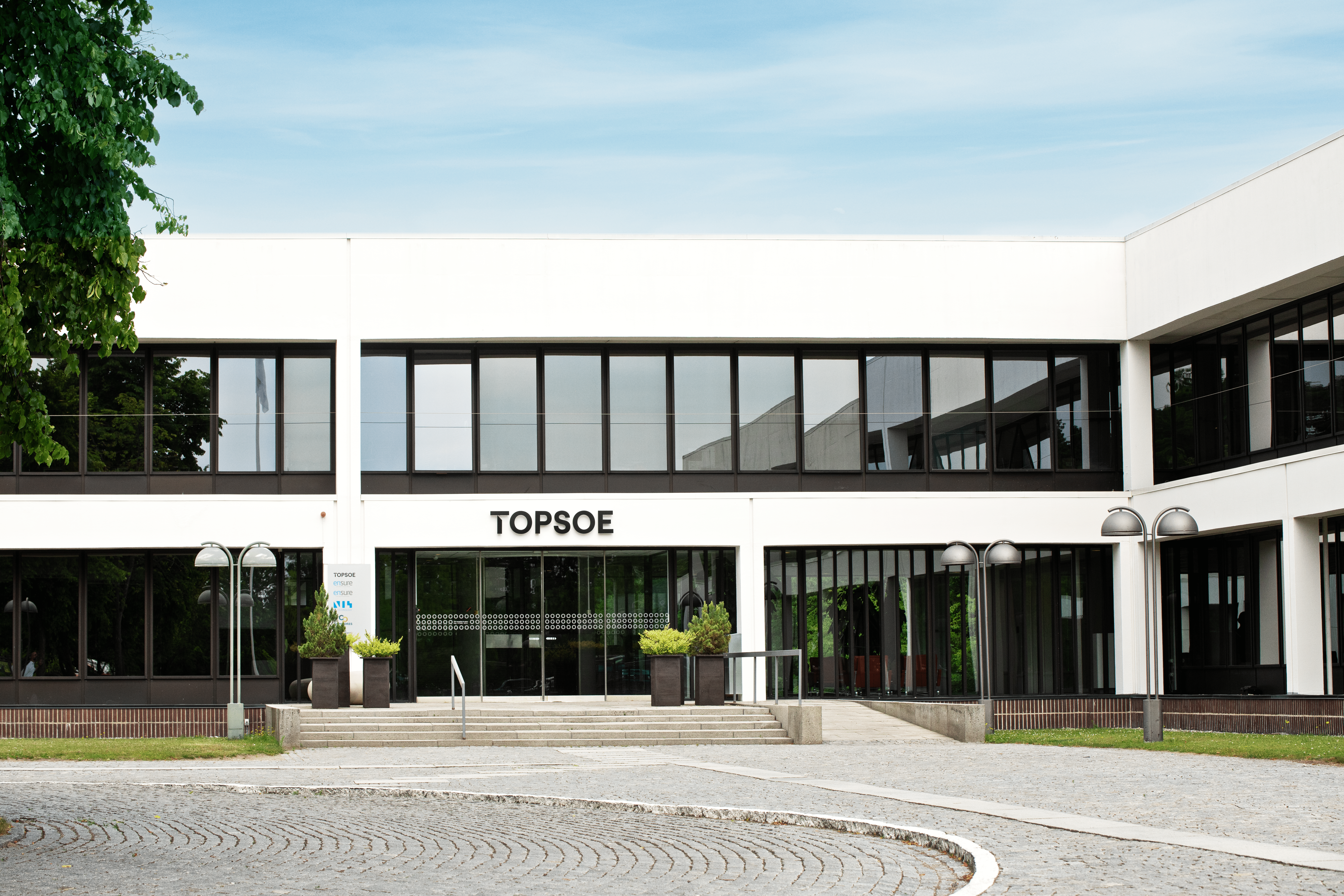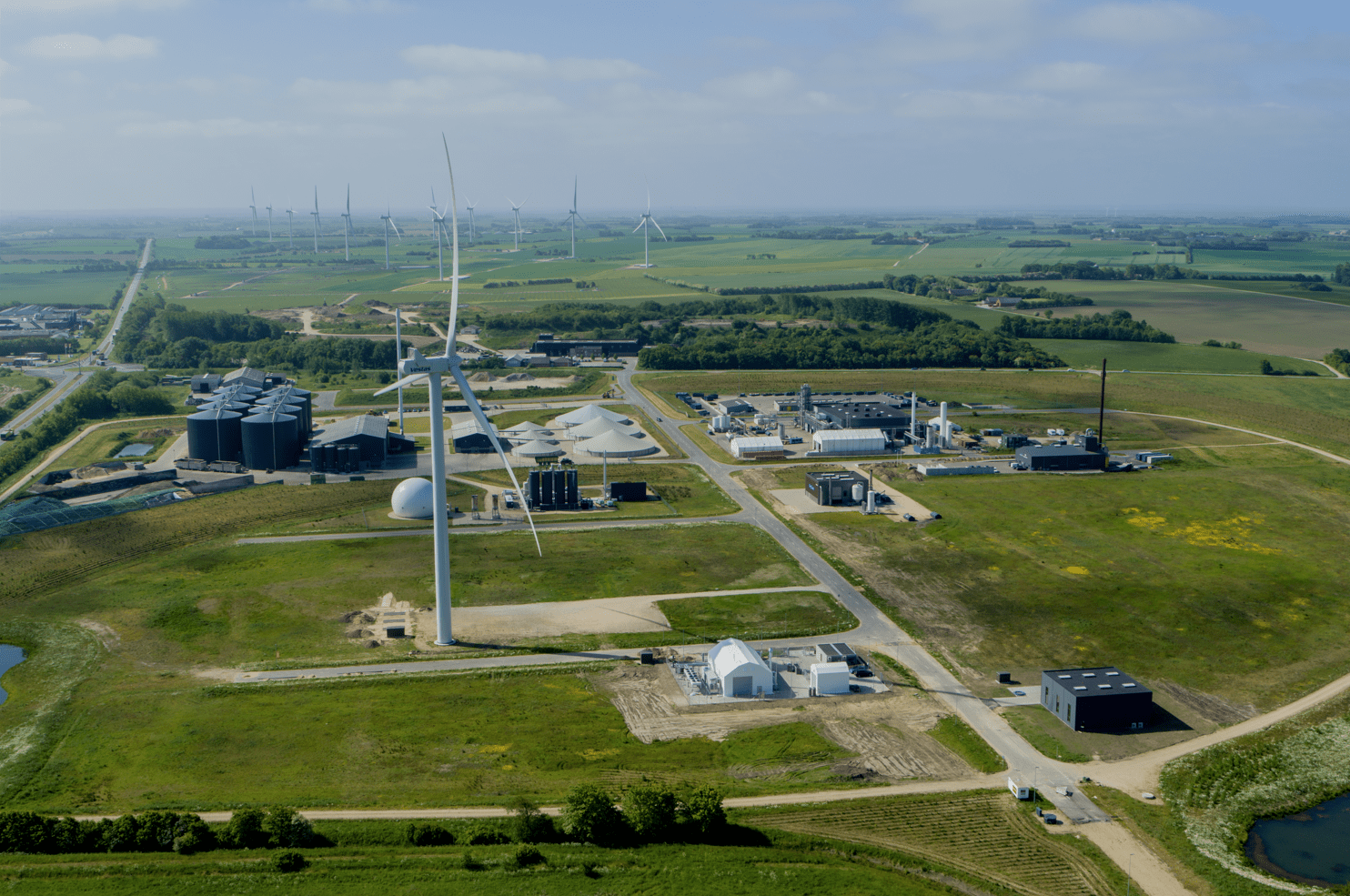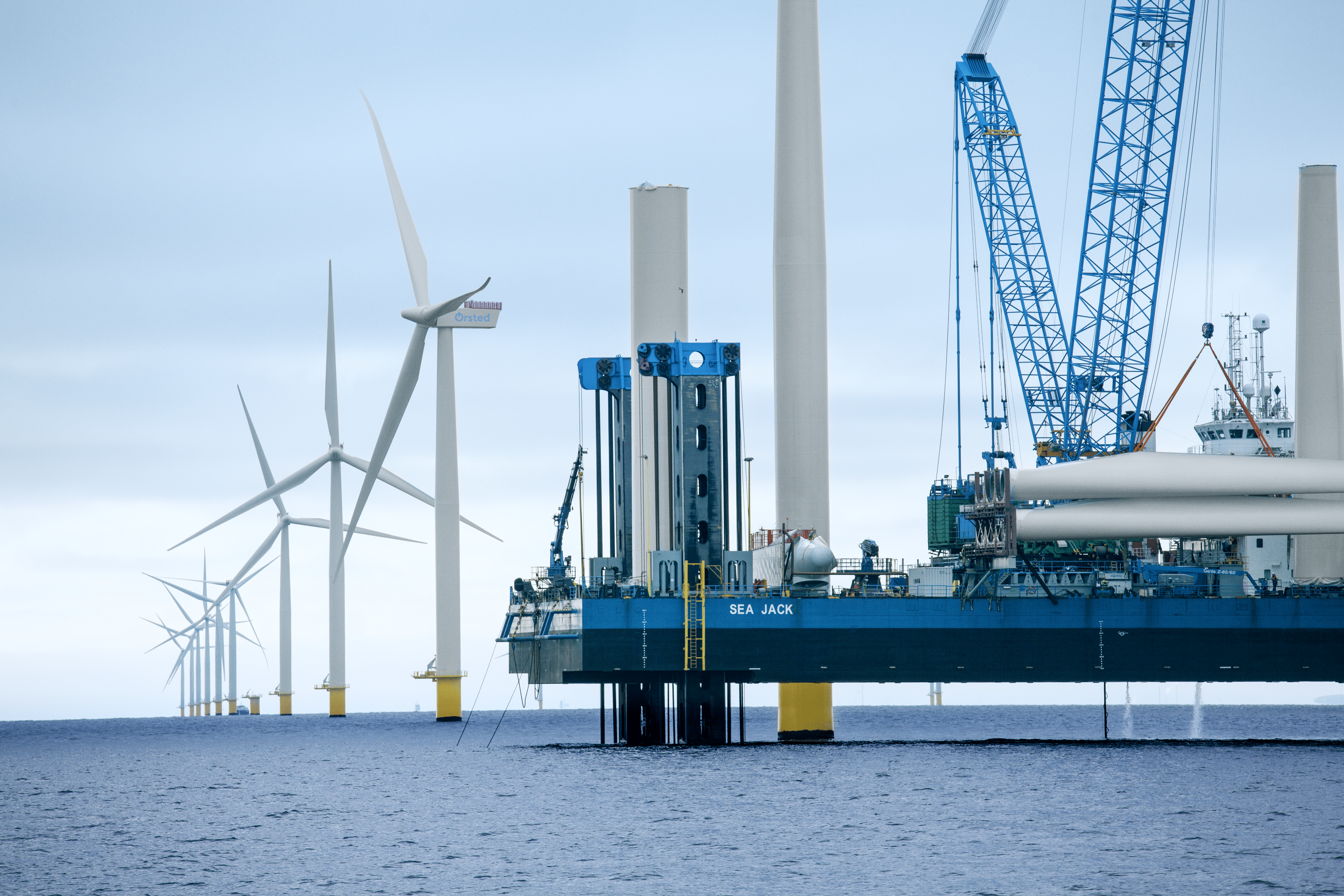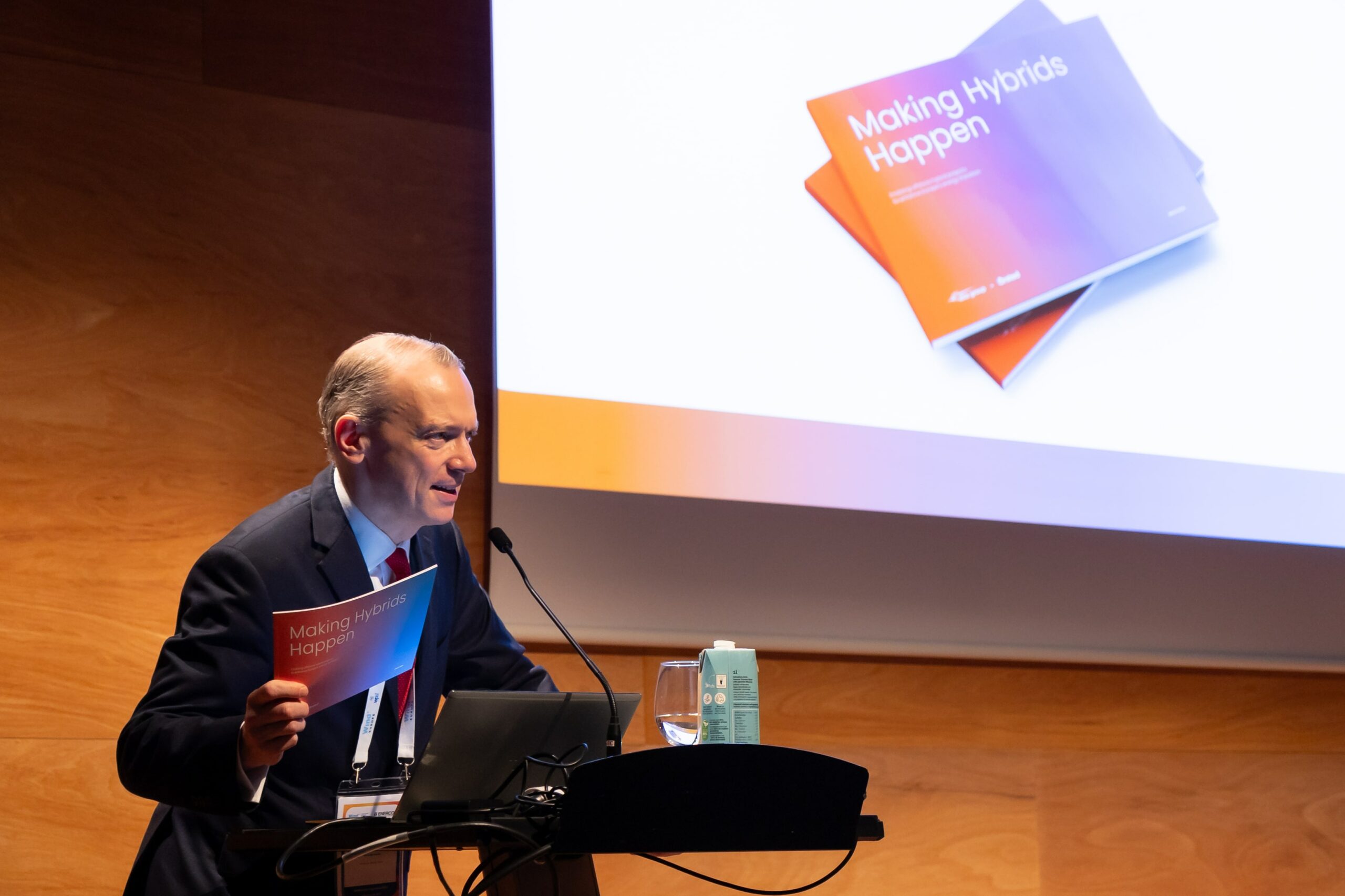News
Energy storage
Smart energy systems
Solar energy
+3
Storing Renewable Energy in Flywheels


The method of storing energy in flywheels – Flywheel Energy Storage (FES) – has existed for many years, and a few places in the United States are already using it to, for example, even out fluctuations in New York’s electricity supply.
Researchers from Aarhus University, Danish Technological Institute and the Danish companies Haldor Topsoe and Sintex have joined forces in order to optimise and advance this technology in the project MagFly, which recently received EUR 1.6 million from Innovation Fund Denmark.
Efficient storage of energy
The flywheel works through a heavy cylinder that is kept floating in vacuum containers by the use of a magnetic field. By adding power to it – e.g. energy from a wind turbine – the flywheel is pushed into motion. As long as the wheel is rotating, it stores the energy that initially started it. The energy can then be converted into electricity when needed.
Because the flywheel is floating on magnetic bearings and meets no air resistance, the energy loss is minimised and the wheel can keep rotating until the energy is needed.
This technology is beneficial because the flywheels are quick to ’charge’, they can release large amounts of energy quickly, and they are anticipated to have a longer life expectancy than batteries. Furthermore, the materials used to produce the flywheel are environmentally friendly and can be reused infinitely. Finally, they take up very little space; a 30 kWh facility, which is enough to meet the electricity demand of a single-family house with solar panels on the roof, is merely the size of a bucket.
A significant barrier
Nevertheless, there is still a significant barrier that needs to be overcome before the flywheel technology can solve the task of storing renewable energy.
- The flywheels lose energy too quickly to be used for long-term energy storage. They have a self-discharge of only 10 minutes and they therefore do not currently constitute a real alternative to modern batteries.
In the MagFly project, the existing technology will be improved so that the narrow cylinder is kept in the air by new nanomagnets, where all dimensions – from the atomic structures and up to milimeter scale – will be controlled with huge precision. By improving these aspects, the flywheels will be designed in a way that can store energy for up 24 hours.
A breakthrough in the research on cheap and efficient energy storage would be a significant step on the path to making the world independent of fossil fuels such as coal, oil and gas. Additionally, the new technology would create growth and employment opportunities within both energy storage and energy efficiency improvement.
Sparse material
At the Department of Chemistry at Aarhus University, the challenge of controlling nanomagnets has received a lot of attention in the last couple of years. The new nanomagnets will consist of various materials that work together to improve the magnetic properties.
Today, materials for magnets are a sparse resource and access to buying these materials is often unstable. The MagFly project aims to develop new types of magnets made from materials that are more accessible.
- Related news: Installation of Battery for Storing Surplus Energy at Nordhavn
In order to achieve the best results, researchers from Aarhus University’s Department of Engineering will calculate the best possible mixture proportions. Danish Technological Institute will ensure that the mechanical and corrosive properties of the magnets meet the necessary demands before they enter the market.
Large-scale production of the new magnets will happen in a collaboration between Haldor Topsoe and Sintex, while Grundfos and WattsUp Power will focus on the opportunities for use of the magnets within motor and flywheel technologies respectively.
Image: Innovation Fund Denmark
Investment
- Innovation Fund Denmark’s investment: EUR 1.6 million / DKK 12 million
- Total budget: EUR 2.3 million / DKK 17 million
- Duration: 4 years
- Project title: MagFly















